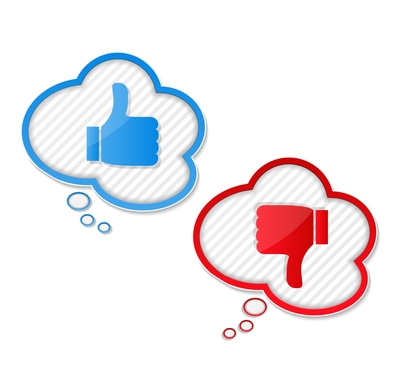Every day, we are exposed to a greater number of influences from the different
media, such as newspapers, magazines, radio, television, internet and other digital technologies. Through them, people can get access to different information from close and far places across the world. However, many information that people read, watch or listen to tend to be wrong, outdated or just their sources are not reliable.
According to
Center for Media Literacy (CML) "Media Literacy is the ability to access, analyze, evaluate and create media in a variety of forms. "In other words, learning to interpret the real meaning of influence of what we read, watch or hear, give us the knowledge to accept or reject what is better for us.
Why is it important?
Media literacy is important because nowadays, in the 21st century, the production and access to media has been increasing, and they constantly are bombarding to us, the consumers. As I mentioned before, people who learn media literacy are able to understand what is the real message or influence of a picture, sound, or text. Media literacy is important because it helps people to develop their visual, auditory and written skills. For example, there are images without text, but they can say more than a hundred or written words. In addition, media's sounds can make messages interesting, boring, mysterious, or they can focus on a culture, custom, religion, lifestyle, etc. The development of written skills happen when consumers in a written form reply in a social web site , for example, to express their positions related to a topic. Also, individuals can create their own point of view of a topic and create new media. According to
study.com, there are five questions that everyone should ask for any type of media:
1. Who created the message that is being sent?
2. What techniques were used to attract my attention?
3. How might other people understand or interpret this message differently from me?
4. Are there any lifestyles, values or points of view that are represented or are omitted from this message?
5. Why was this message sent?
In my opinion, learning media literacy is important and necessary in today's world. We need to be able to understand, analyze, critique the different media's information we receive to discover their real meaning and no what others want to us to believe.
















